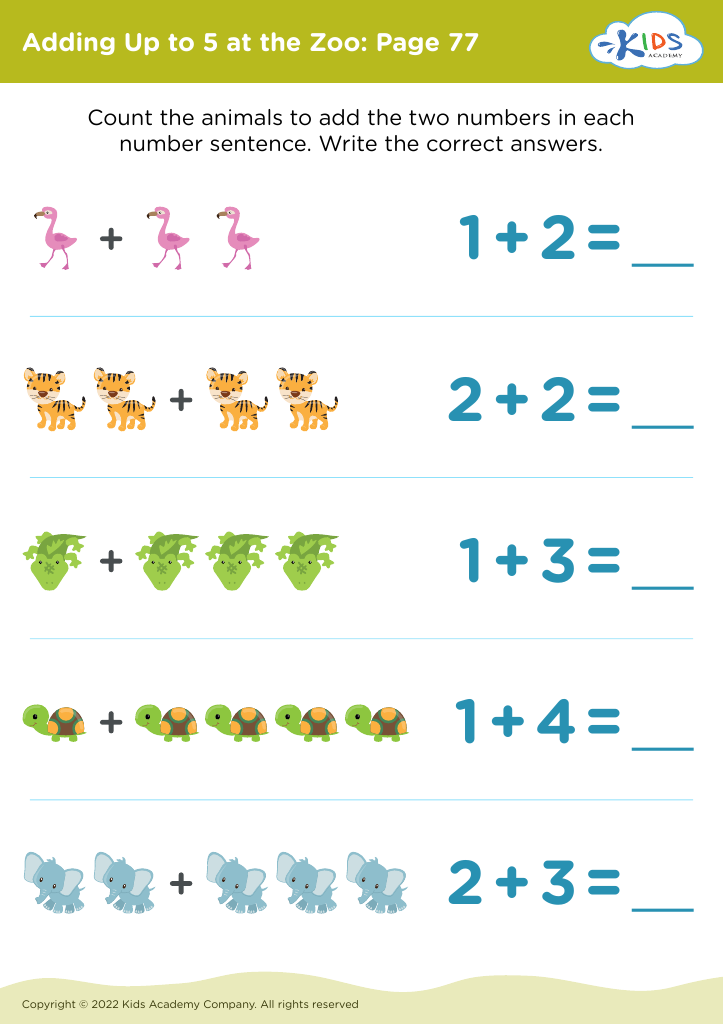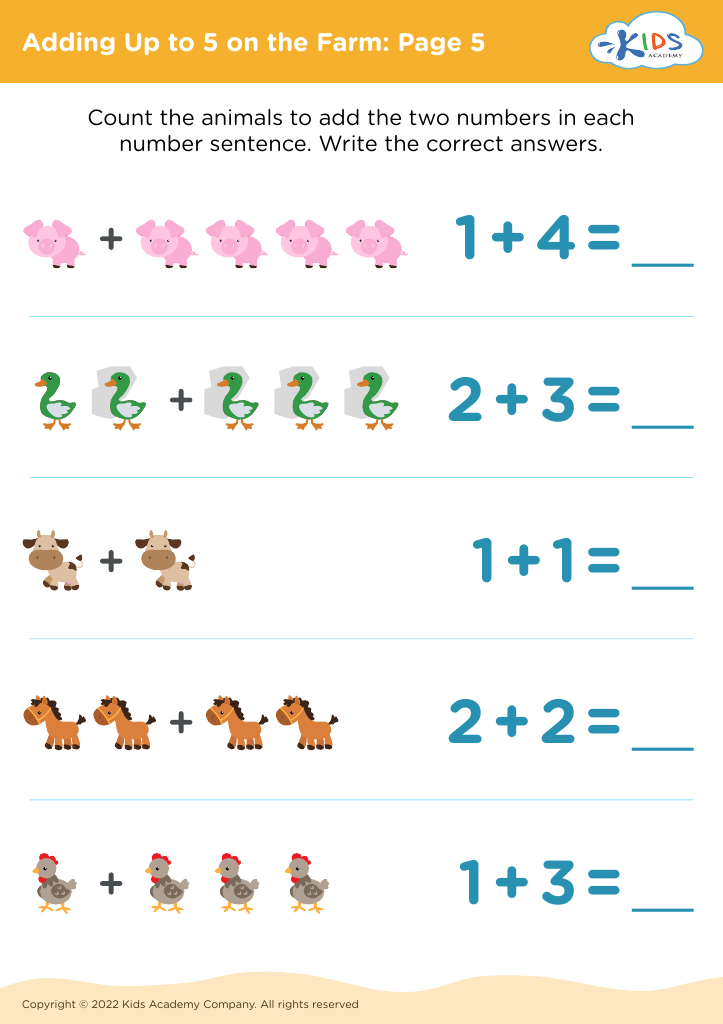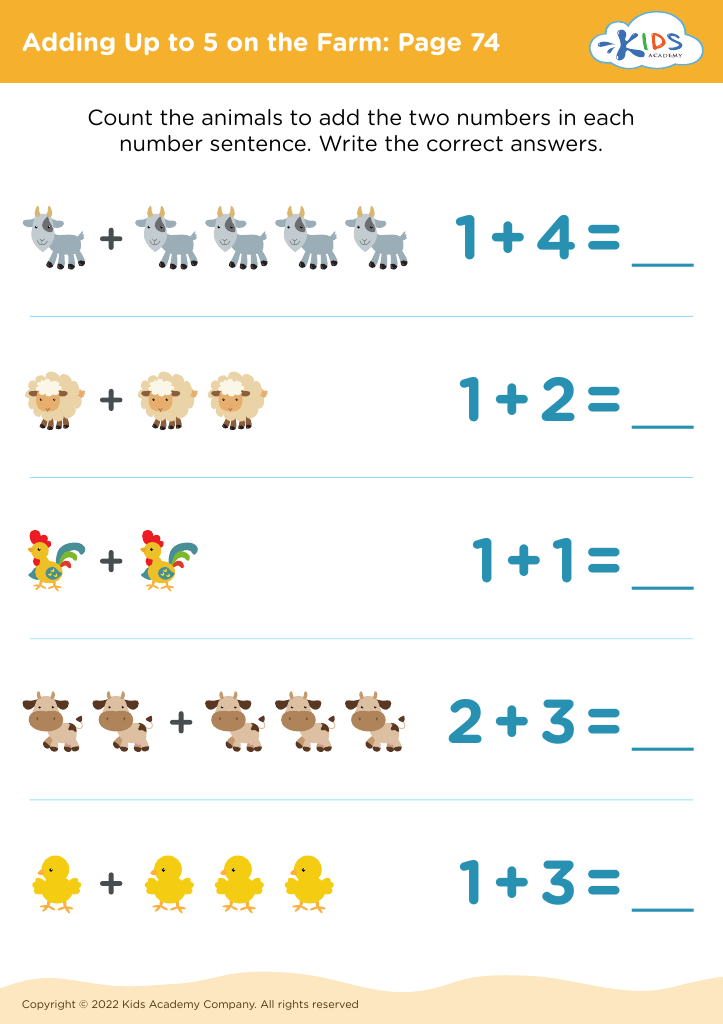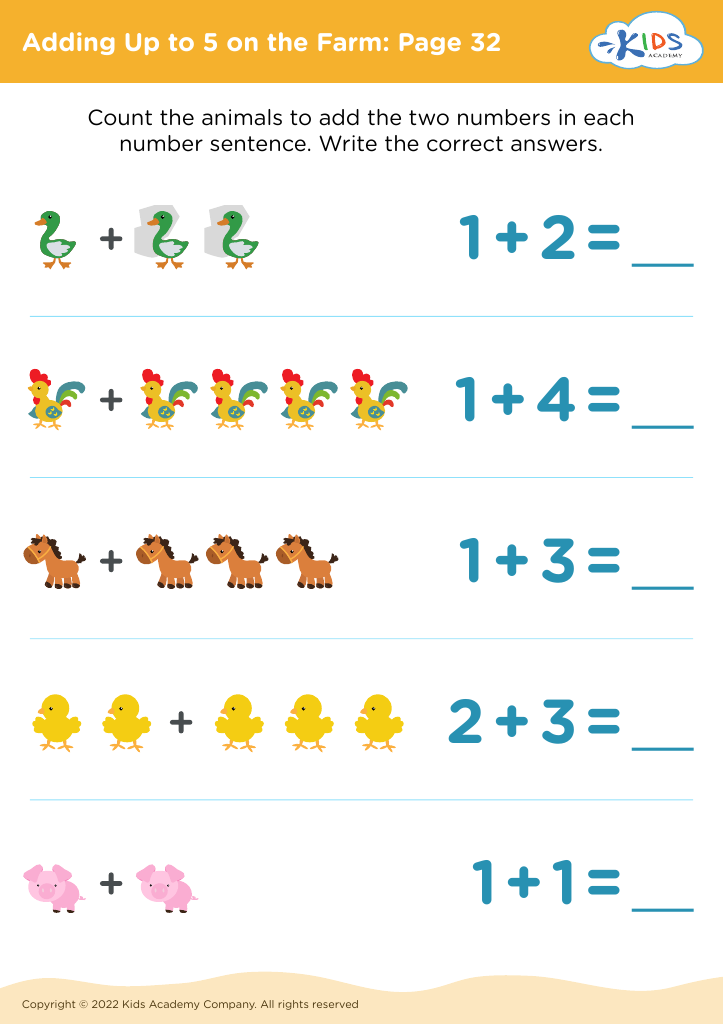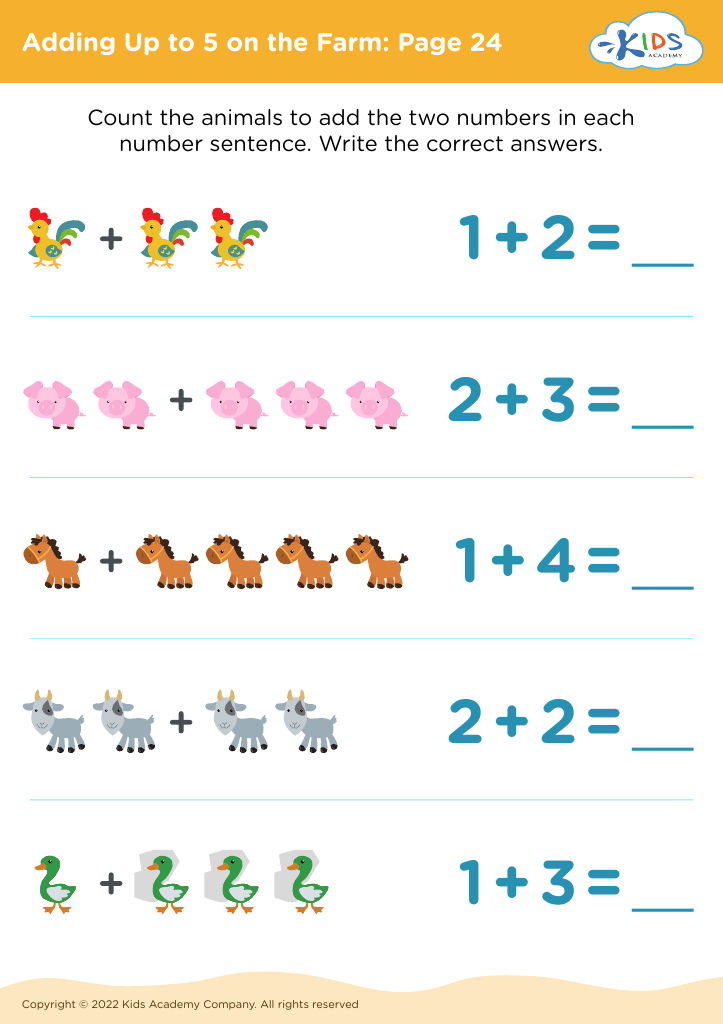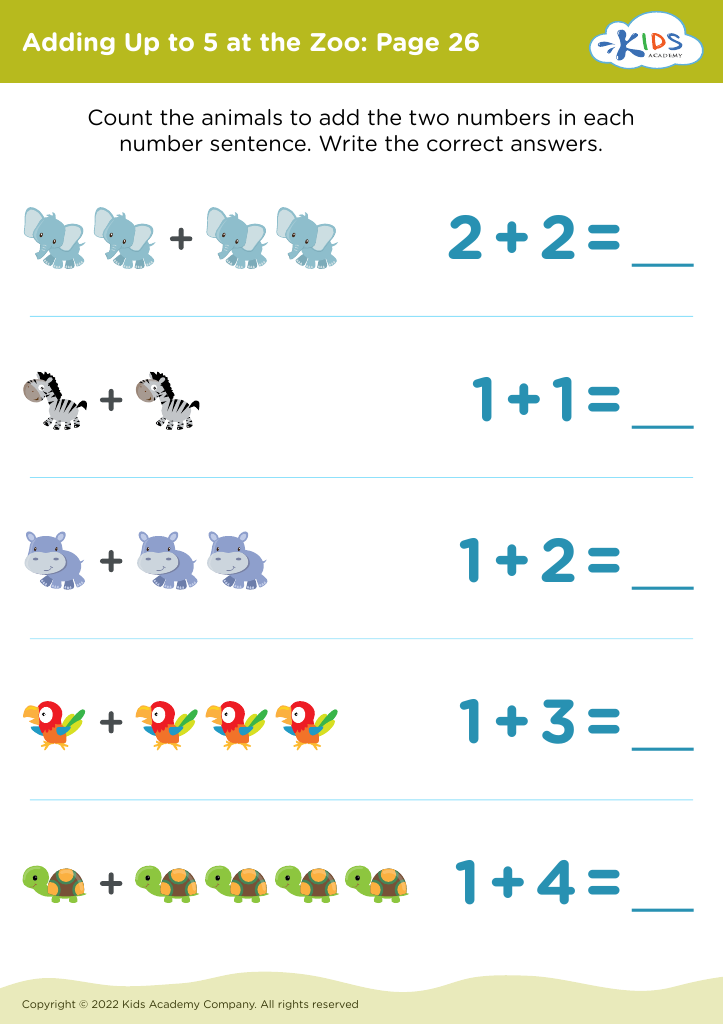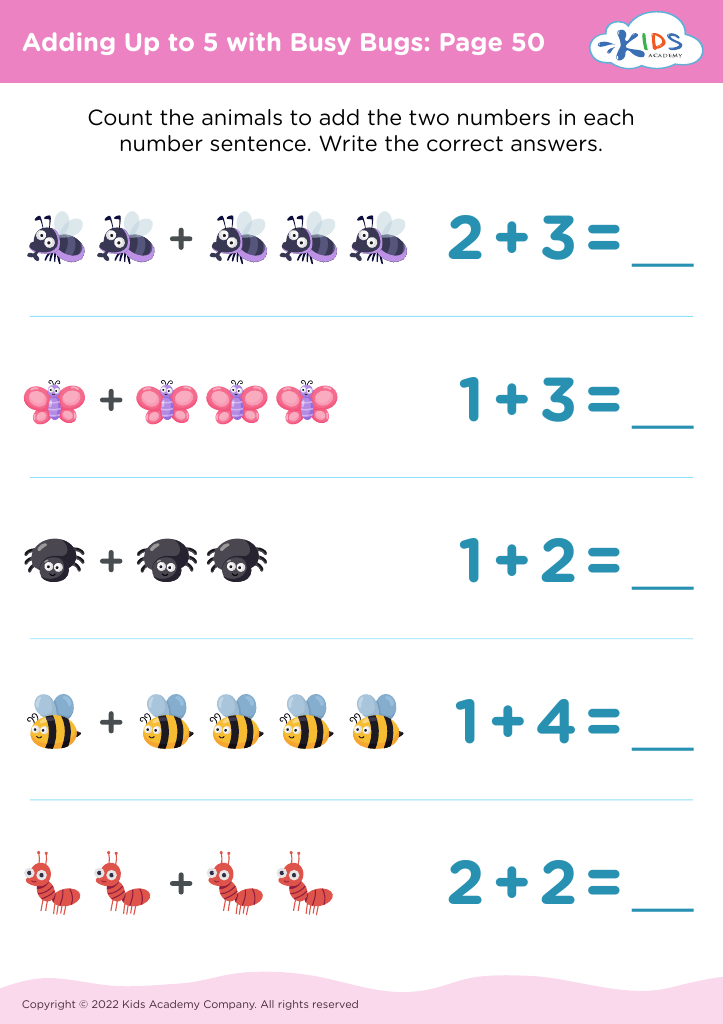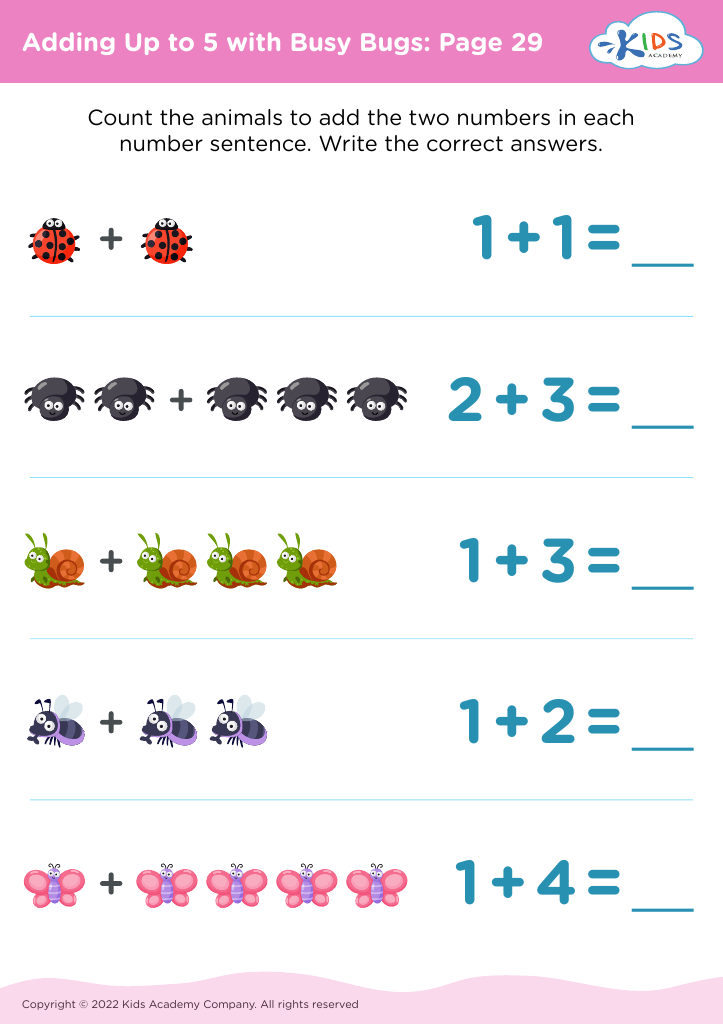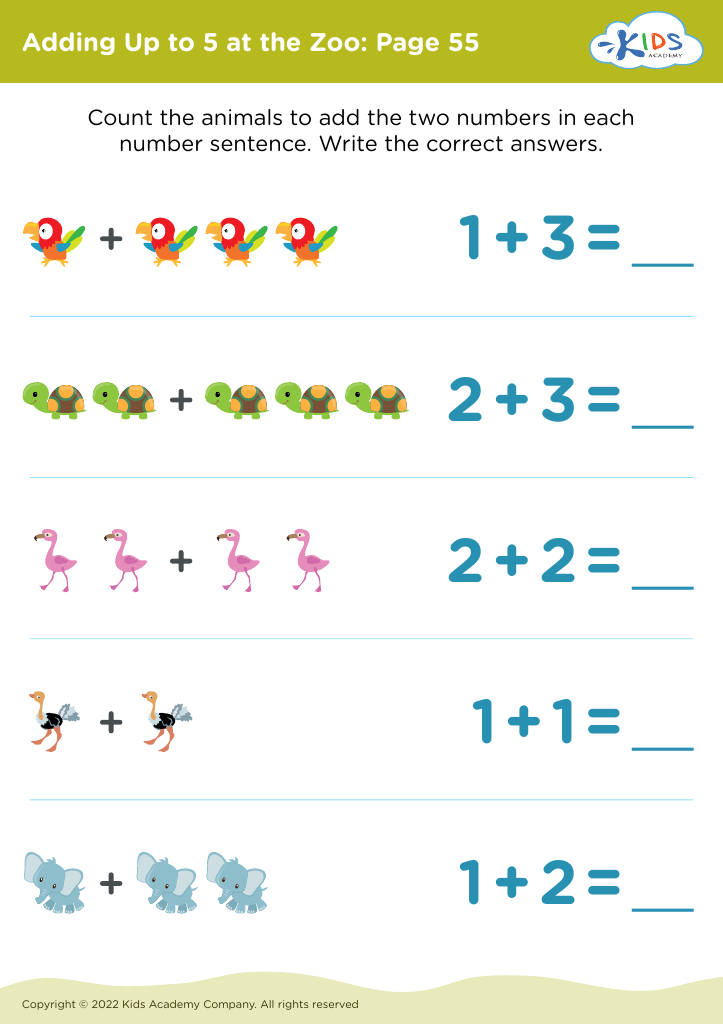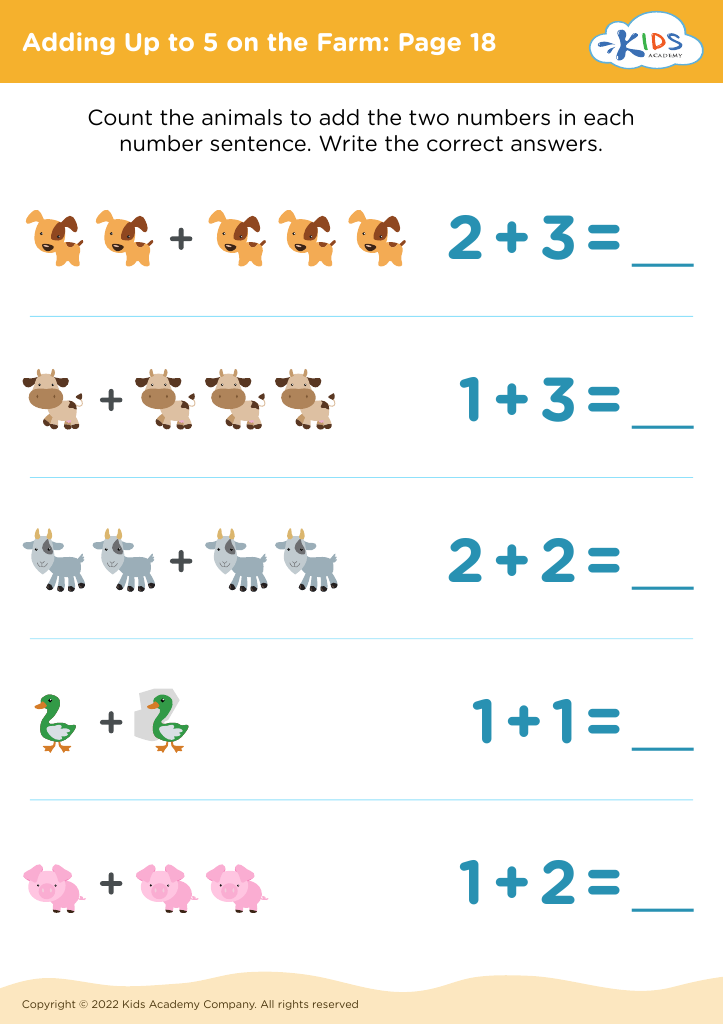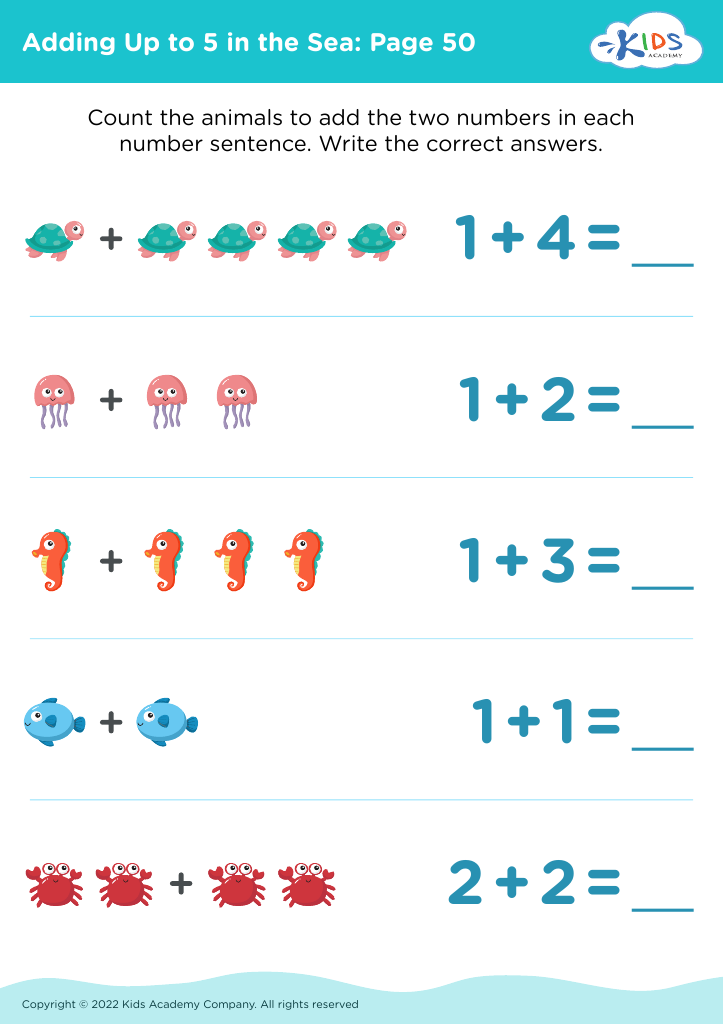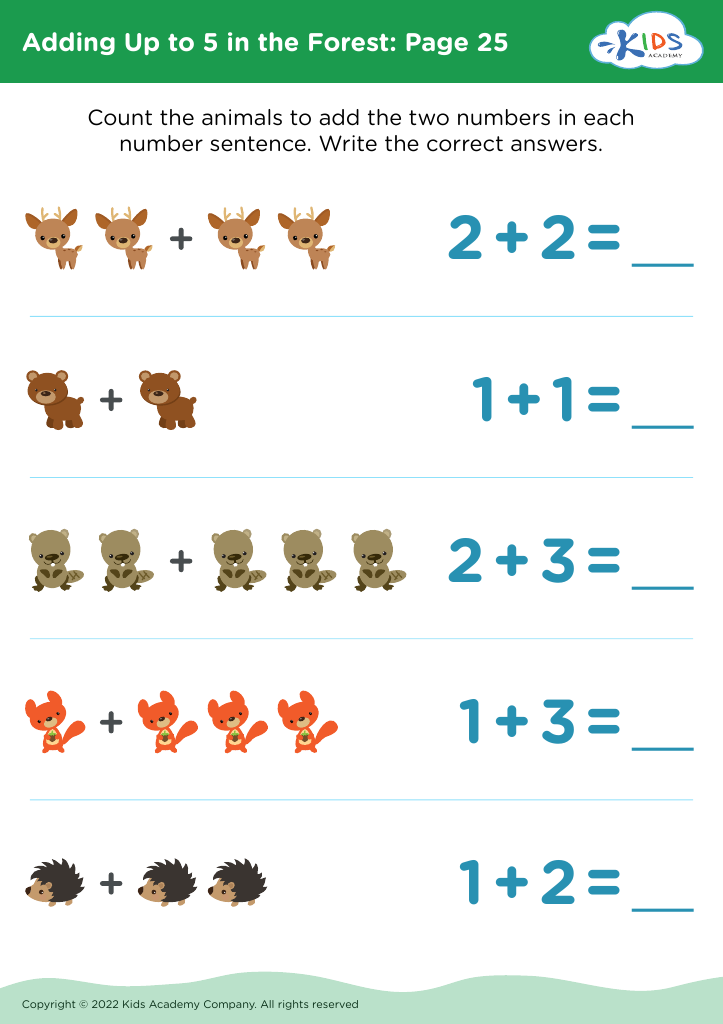Understanding Quantities Worksheets for Ages 3-4
49 filtered results
-
From - To
Introduce your child to the world of numbers with our "Understanding Quantities Worksheets" designed for ages 3-4. These engaging and interactive printables help young learners grasp basic math concepts, such as counting, number recognition, and comparing quantities. Each worksheet features colorful illustrations and simple exercises created to spark curiosity and enhance early math skills. With a focus on hands-on learning, these activities promote cognitive development and prepare preschoolers for future academic success. Perfect for at-home practice or as a classroom supplement, our worksheets make mastering early mathematical concepts fun and rewarding. Foster a love for learning today!
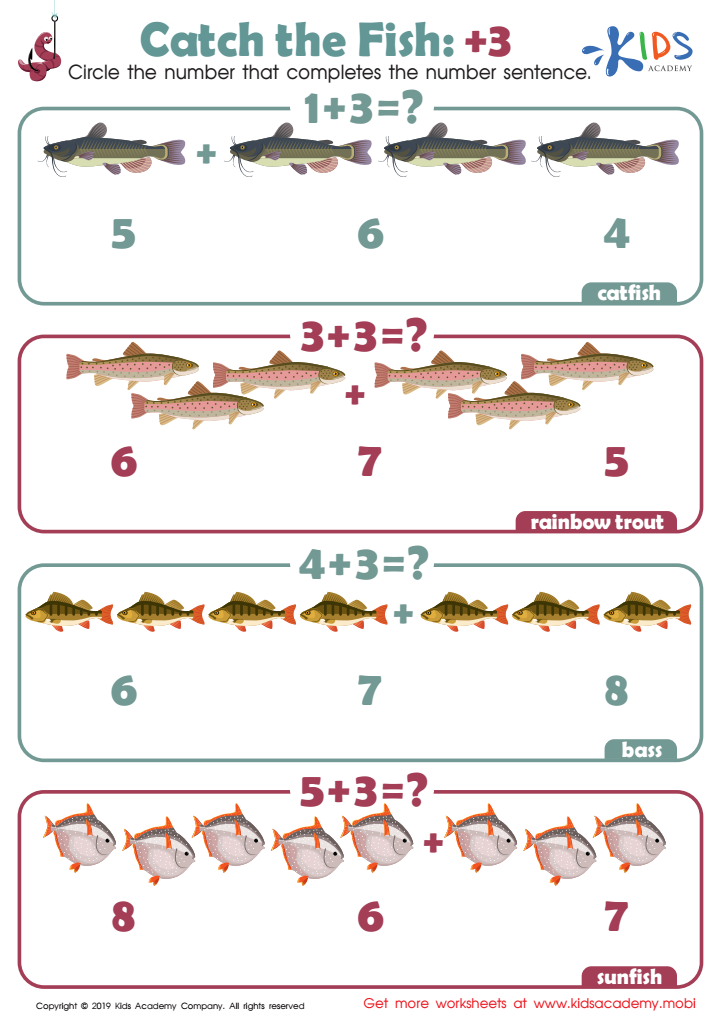

Catch the Fish: +3 Worksheet
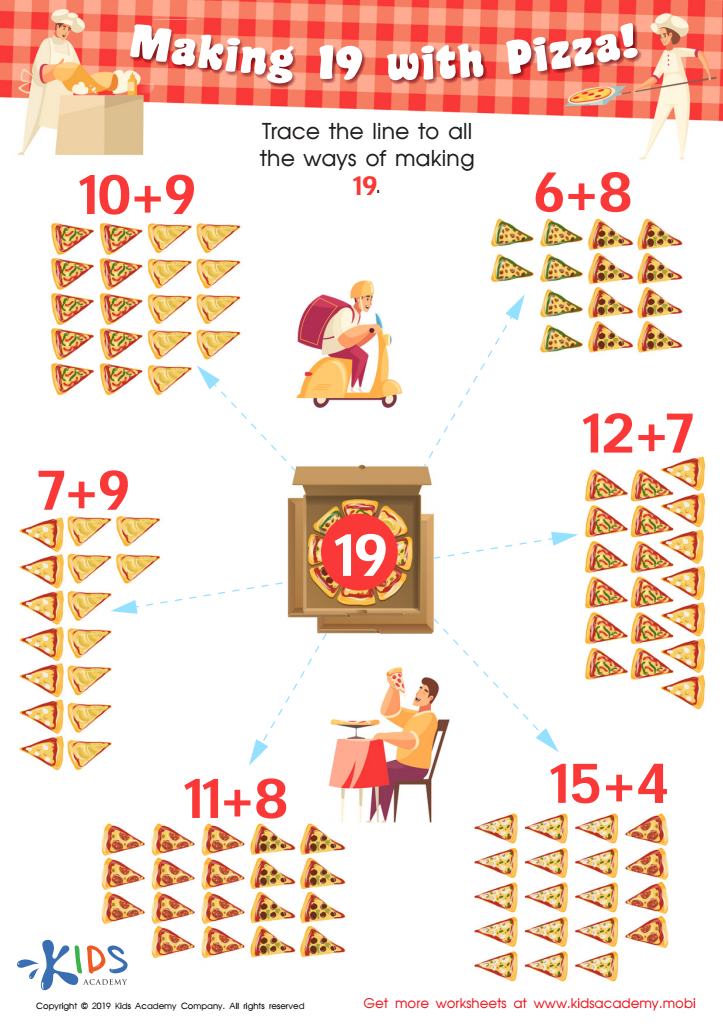

Making 19 with Pizza! Worksheet
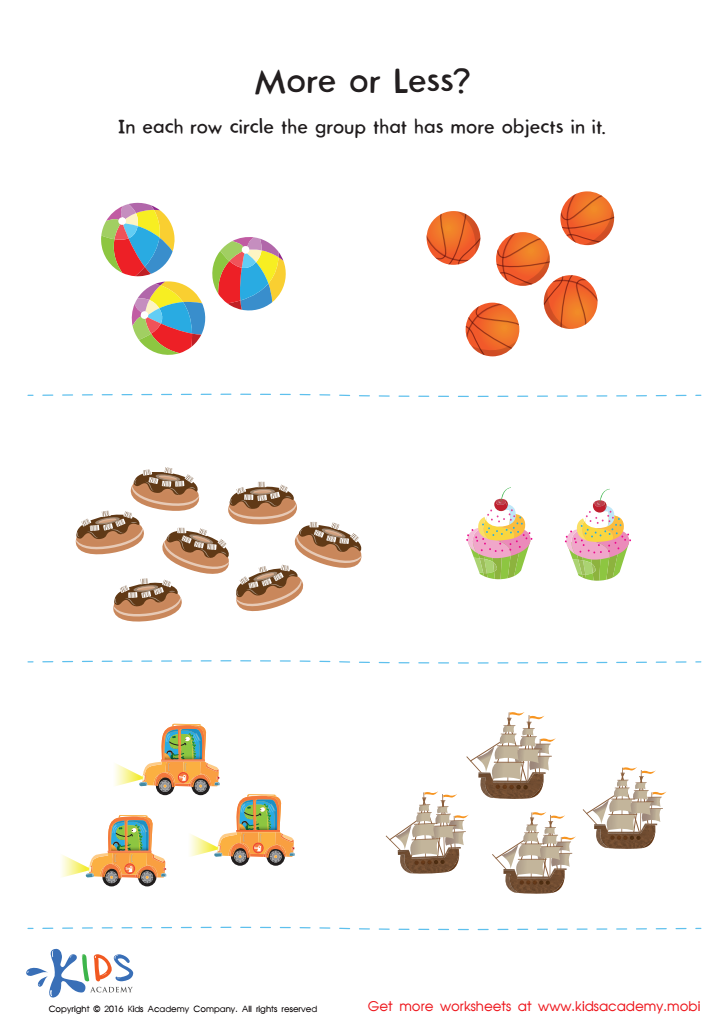

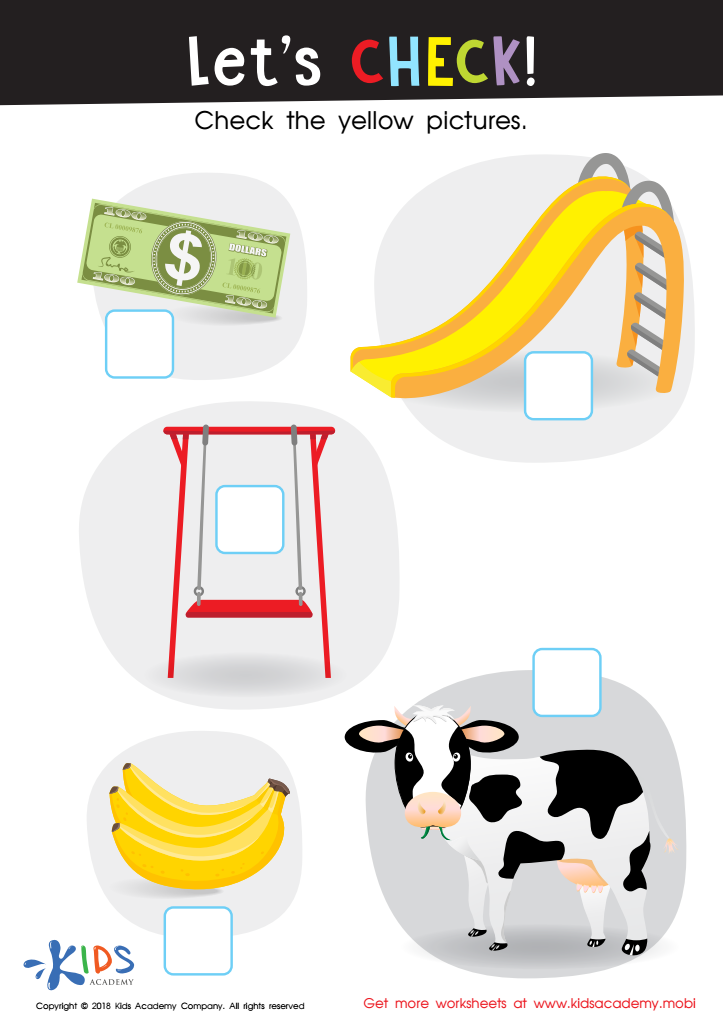

Let's Check! Worksheet
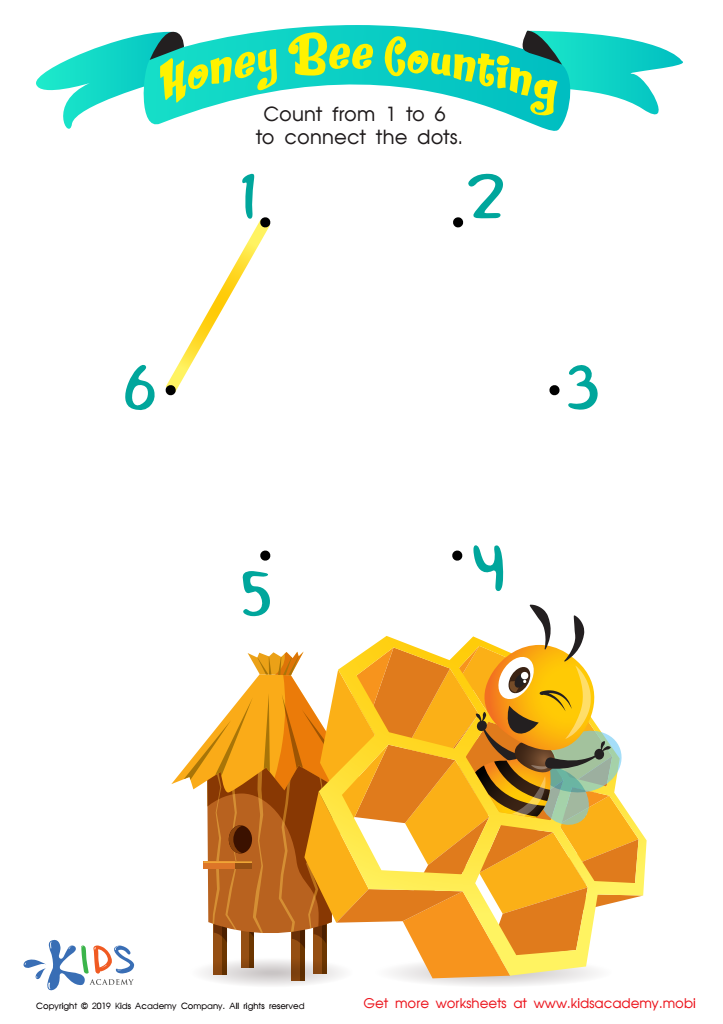

Honey Bee Counting Worksheet
Understanding quantities at an early age (3-4 years old) is crucial for a child's overall cognitive development and future academic success. During this formative period, children develop foundational skills in numeracy, which are critical for learning more complex mathematical concepts later. When parents and teachers focus on helping children understand quantities, they promote the development of important mathematical skills such as counting, measuring, and comparing objects.
At this age, engaging with quantities helps children improve their number sense. This includes recognizing numbers, understanding their values, and observing how numbers are used in different situations. Practical activities like counting toys, comparing groups of objects, or identifying more vs. less, provide hands-on experiences that reinforce these concepts.
Moreover, developing an early grasp of quantities can enhance a child's problem-solving abilities and logical thinking. These skills are not only important for mathematics but are also widely applicable across various domains, such as science, technology, and everyday decision-making.
Parents and teachers who nurture an early understanding of quantities provide children with a strong foundation for future learning. This early exposure increases confidence and enthusiasm when encountering new educational challenges, laying the groundwork for a lifetime of academic curiosity and success.###
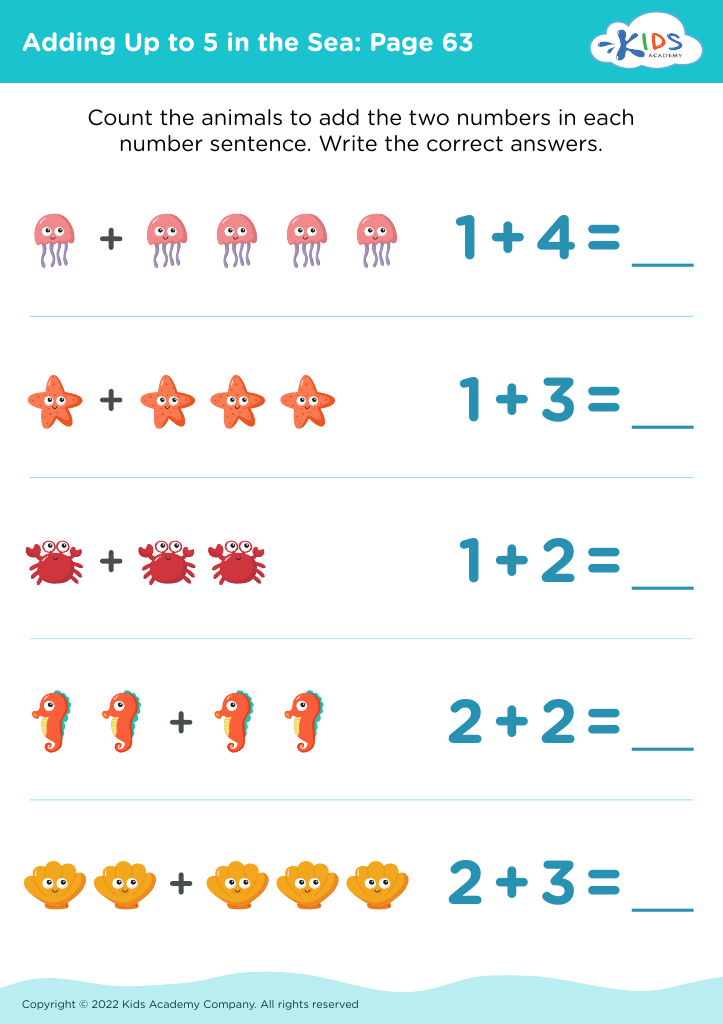

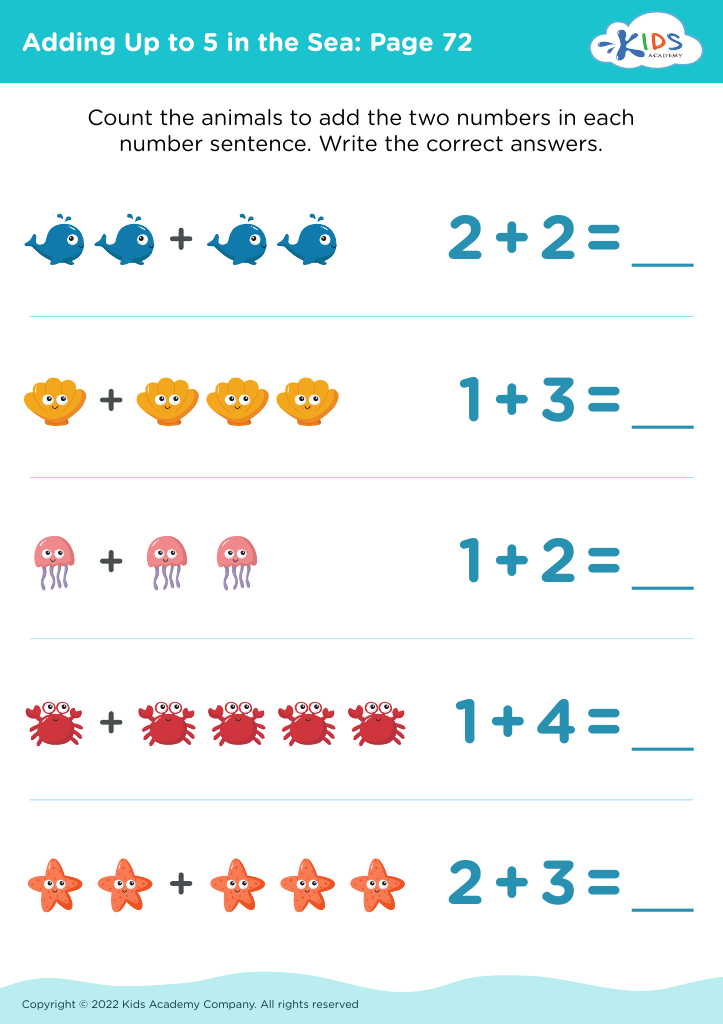
 Assign to My Students
Assign to My Students
